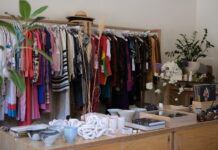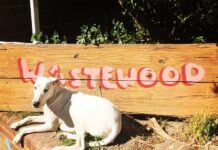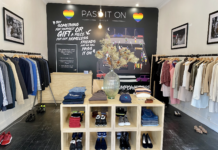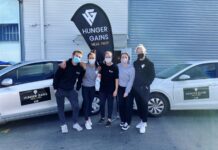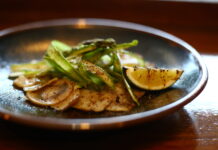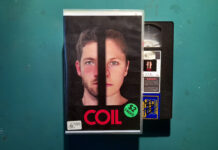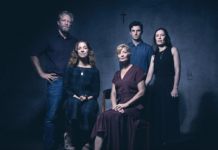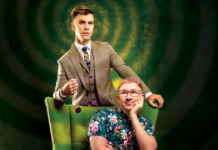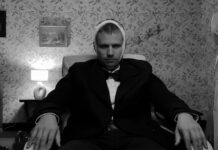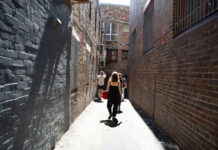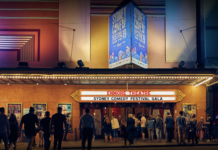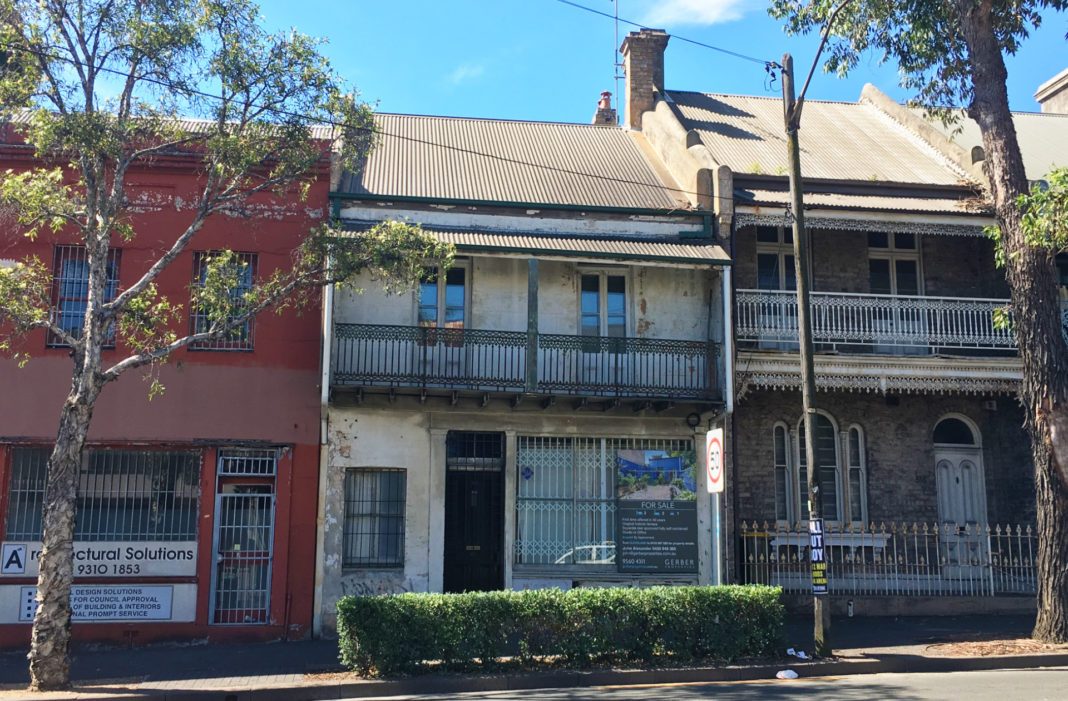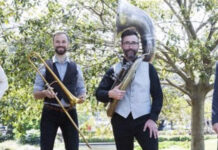A Cleveland Street home was once a cricket bat workshop which reportedly made bats for Don Bradman, as Lachlan Colquhoun reports.
When Virginia Hall moved into her Cleveland Street home back in 1978, there was some strange old equipment lying around.
Out the back of the house, in a detached studio/workshop, there were pieces of wood which other locals told her were patterns for the production of cricket bats.
In the front room of the house was a big glass cabinet where, she was told, the bats were displayed for sale.
“The house dates from the 1870s and was originally a bakery,” says Virginia.
“But we also learned that from around 1905 to the 1960s the house and workshop were used by the Dye family who made and repaired cricket bats.”
Virginia contacted Urban Village after our earlier story about the Moore Park Cricket competition, which is perhaps the oldest park cricket competition in Australia, dating from 1897.
On any given Saturday in summer several dozen games of cricket would have been in progress along South Dowling Street and opposite the Bat & Ball Hotel.
The Dye’s cricket bat business would have been very handy for these players, but it also served a more distinguished clientele.
“One of the locals around here is sure that the bats were also used by Donald Bradman,” says Virginia.
This claim, while difficult to confirm, could well be true. Bradman played the early years of his cricket in NSW before moving to Adelaide.
Although Bradman was later associated with the Sykes bats (ultimately taken over by Slazenger), it entirely possible that he did have a Dye bat in his hand at some point in the time he spent playing in Sydney, between 1928 and 1936.
A Sydney Morning Herald article from November 27, 1941, confirms that several other famous cricketers used bats made by the Dyes, a father and son business, in the Cleveland Street house.
“Mr Dye, senior, made bats for such players as the Gregory’s and the Donnans,” the SMH article says.
“Victor Trumper also had a Dye made bat. For years a bat used by that stylist Charlie Gregory was in his modest shop window.”
While obviously of a high standard and used by top class players, Dye cricket bats also played an interesting role in World War 1.
According to the SME article, the Comfort Funds charity, which the public donated to and which supported Australian troops, also purchased a number of the Dye bats which were sent to troops overseas for use in their leisure time.
One of the most famous photographs from the ill fated 1915 Gallipoli campaign shows ANZAC troops playing cricket in break in the combat, and of course Australian troops were also stationed in Egypt and France during WW1.
It is entirely possible not only that Donald Bradman used a Dye bat made in Cleveland Street, but that one of the locally made bats is also being used in one of WW1’s most iconic images.
As for Virginia, she is selling her home after 40 years in Surry Hills to move closer to family in Concord.
The bat workshop, and the former bakery, is now a self contained studio with off street parking at the rear of the house.
“There have always been so many interesting people living in this area, right from the time we arrived here,” says Virginia. “But its time for me to move on.”
Meanwhile, the house at 514 Cleveland waits for a new chapter in its humble, but fascinating, life.

